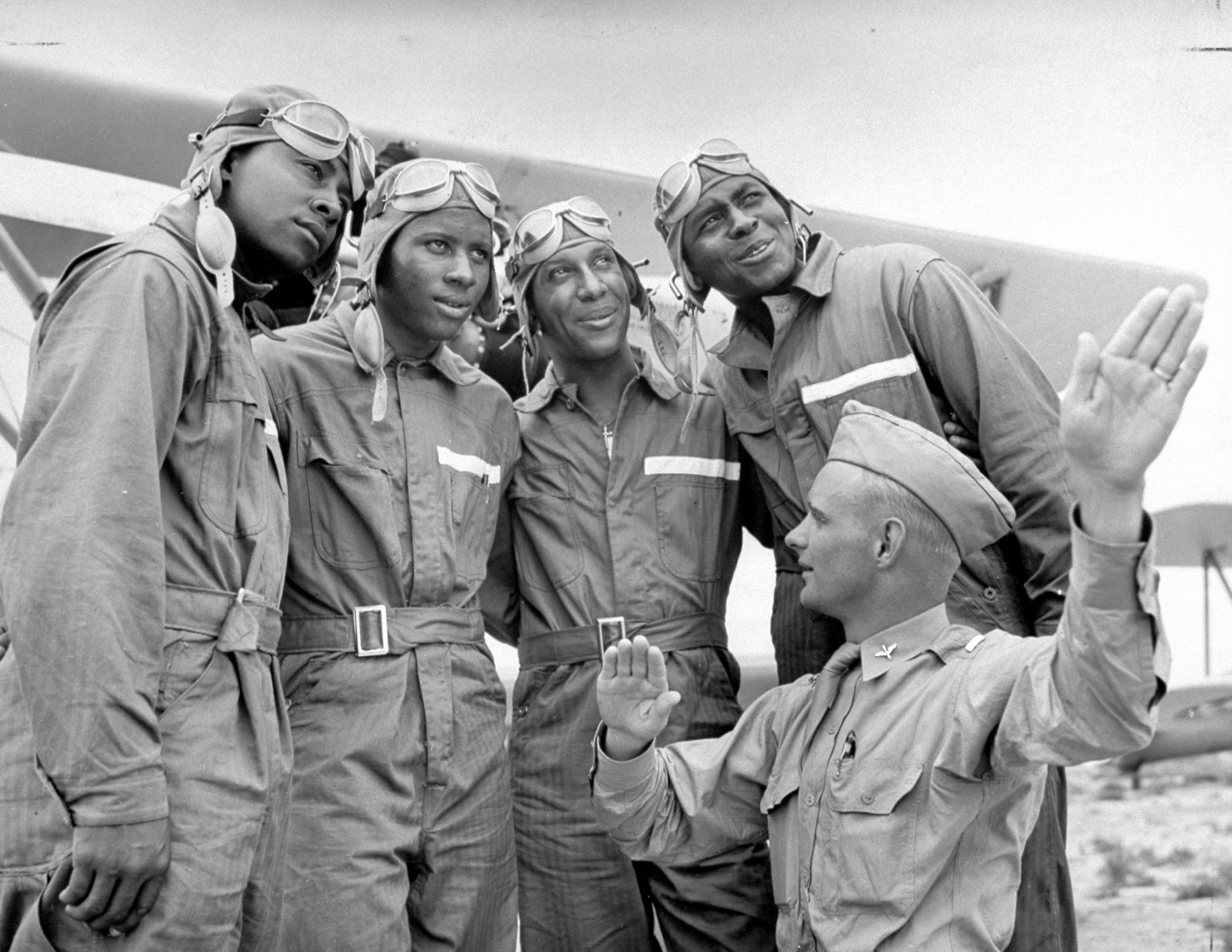
When members of the 99th Pursuit Squadron got their wings in March 1942, the honor was more than just recognition of the training they’d undergone to serve as pilots in the U.S. military. As LIFE wrote that month, “Upon their performance and promise hang the hopes of additional thousands of aspiring Negro fliers throughout the land.”
The Tuskegee Airmen, first activated for training at Chanute Field, Illinois, on March 19, 1941, served as the first black pilots in the U.S. military. Their admission came only after decades of pressure from civil rights and labor leaders advocating for equal opportunity in the military. Though it represented progress, the military into which these pilots flew was still segregated, and would remain so until 1948.
LIFE photographed the first class of lieutenants, including leader Benjamin O. Davis, Jr., a West Point graduate whose father had been the Army’s first black general officer. In total, 992 pilots would be trained in Tuskegee, about one third of whom would be deployed overseas. Eighty-four would lose their lives, including 68 in action, with another 32 captured as prisoners of war.
The emotion that courses through Gabriel Benzur’s photographs is pride. And LIFE’s readers overwhelmingly applauded the photo essay as crucial to “building up confidence, morale and patriotism” and “an incentive to all races and creeds to unify their efforts for victory.”
An attorney from Detroit, William C. Smith, wrote the editors to express what it meant to see the airmen in the magazine. “In spite of the often unhappy treatment we have received, both in and out of government, we know that this is our America, we want to do our share.”
Liz Ronk, who edited this gallery, is the Photo Editor for LIFE.com. Follow her on Twitter at @LizabethRonk.

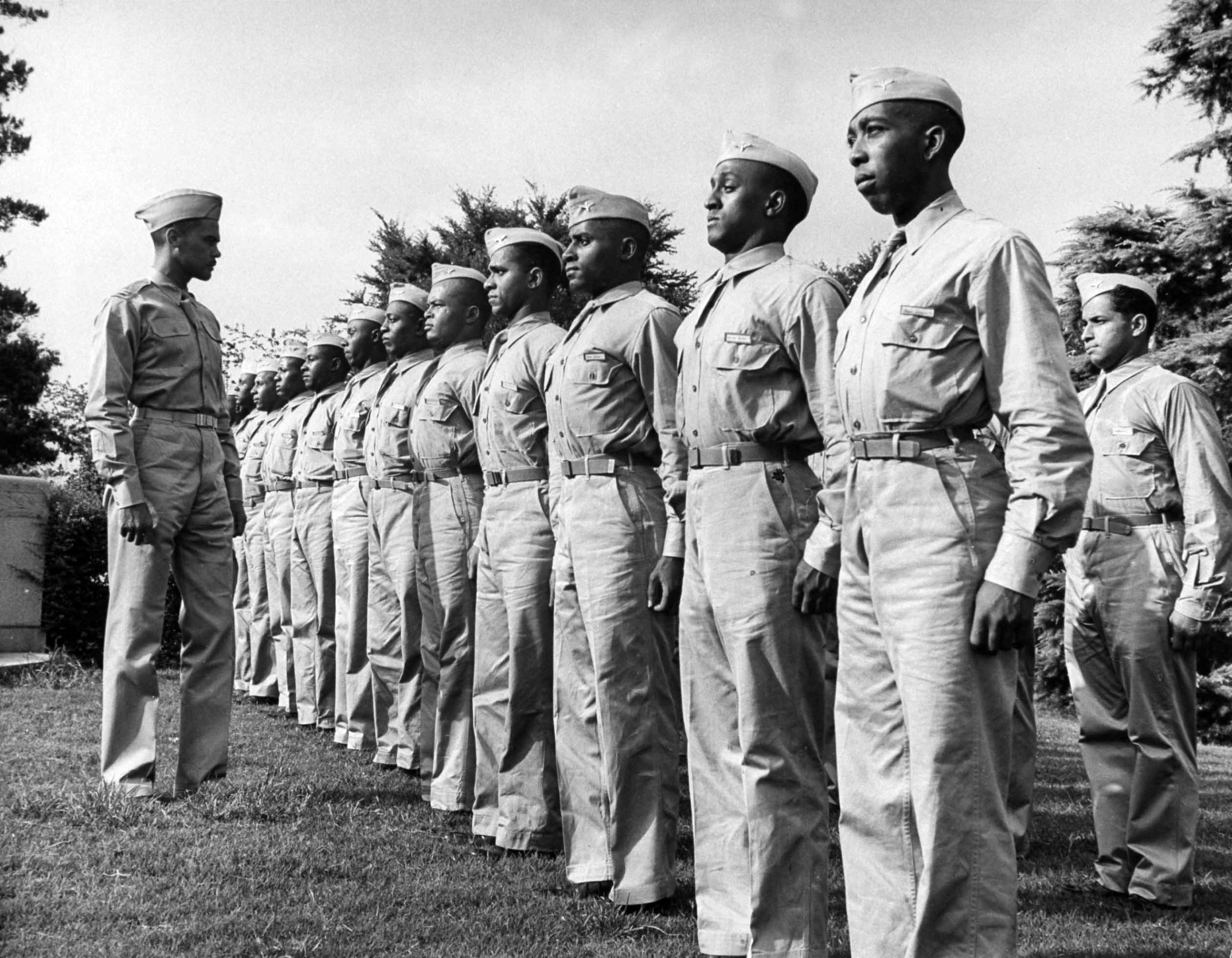
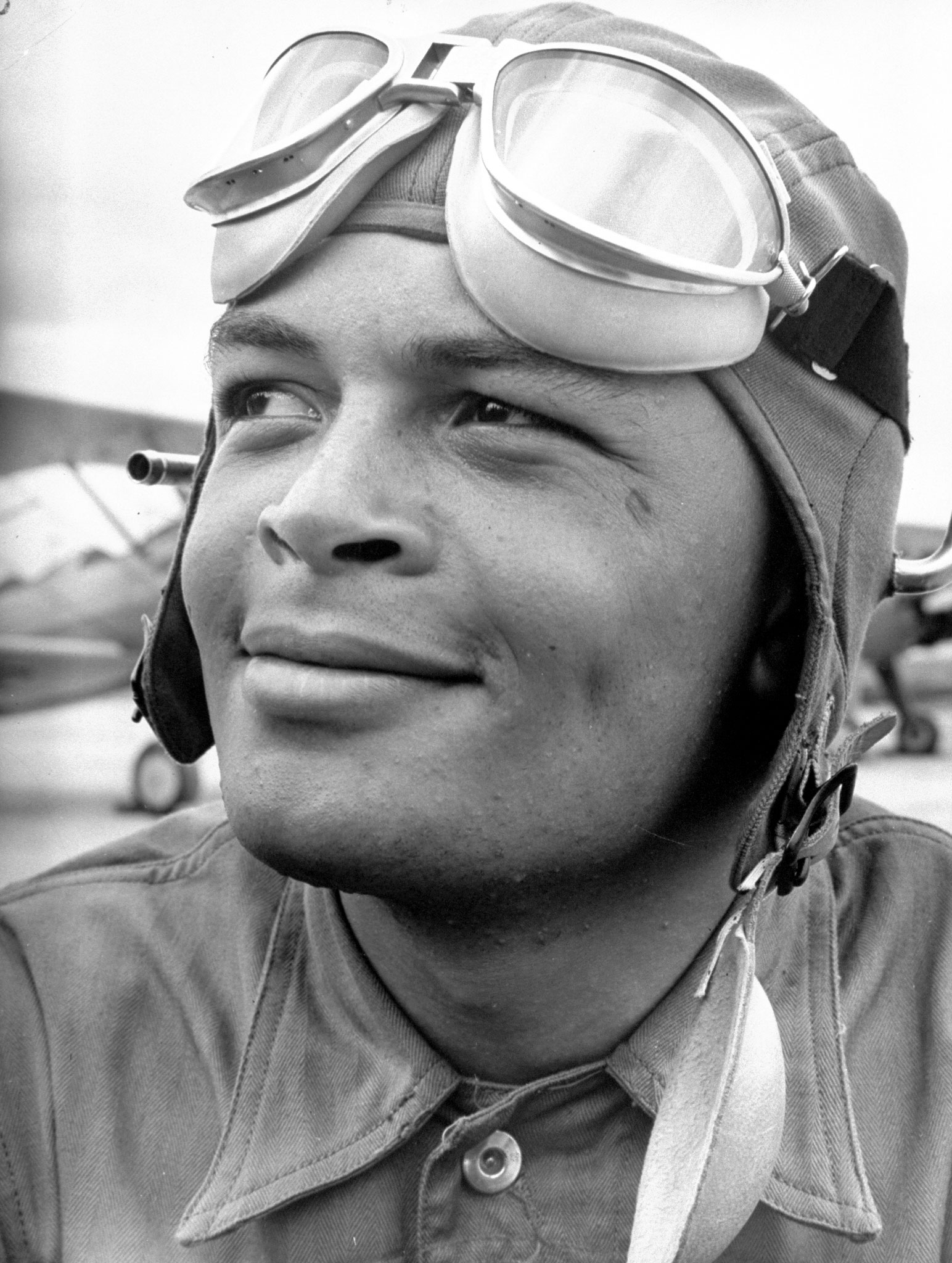
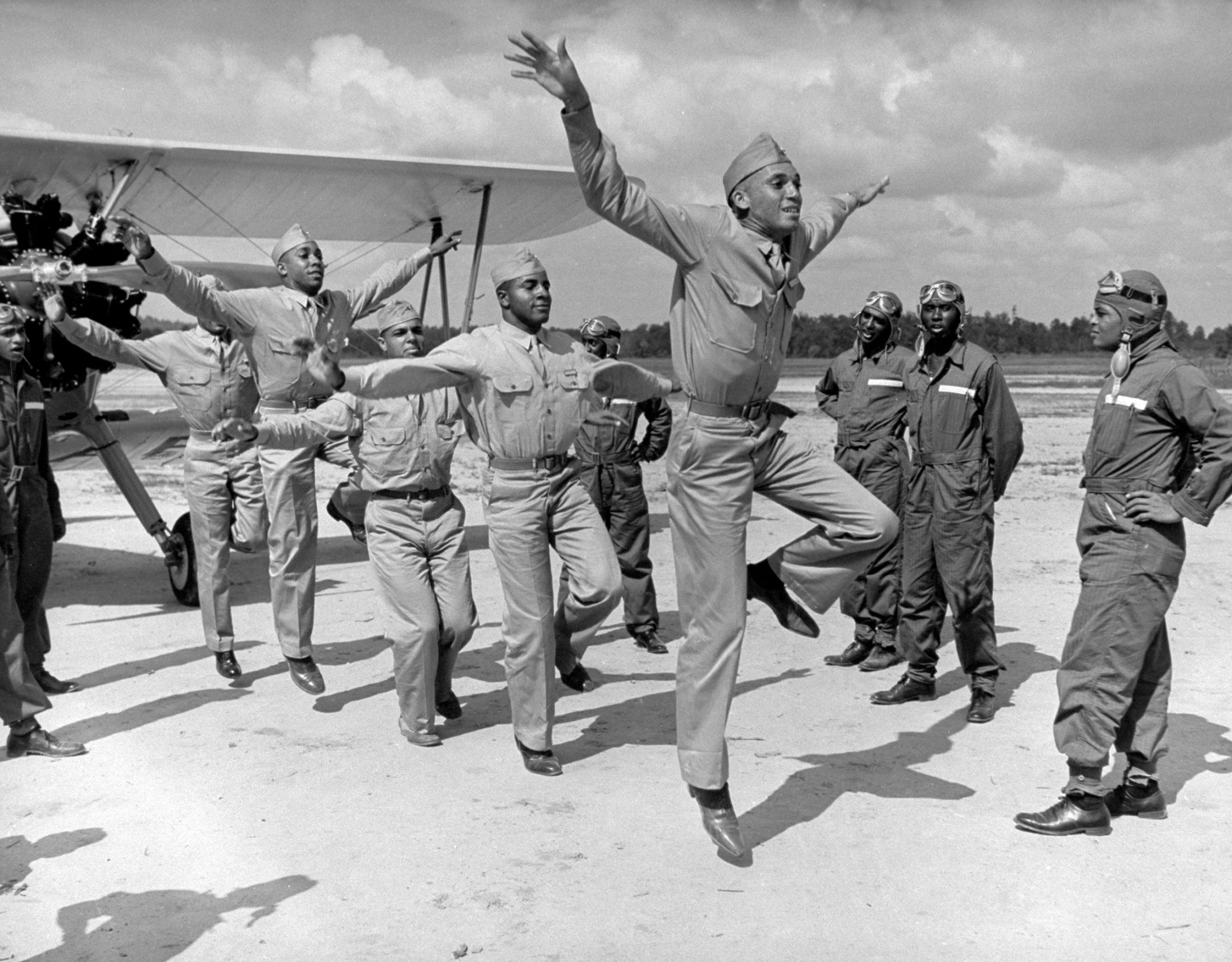
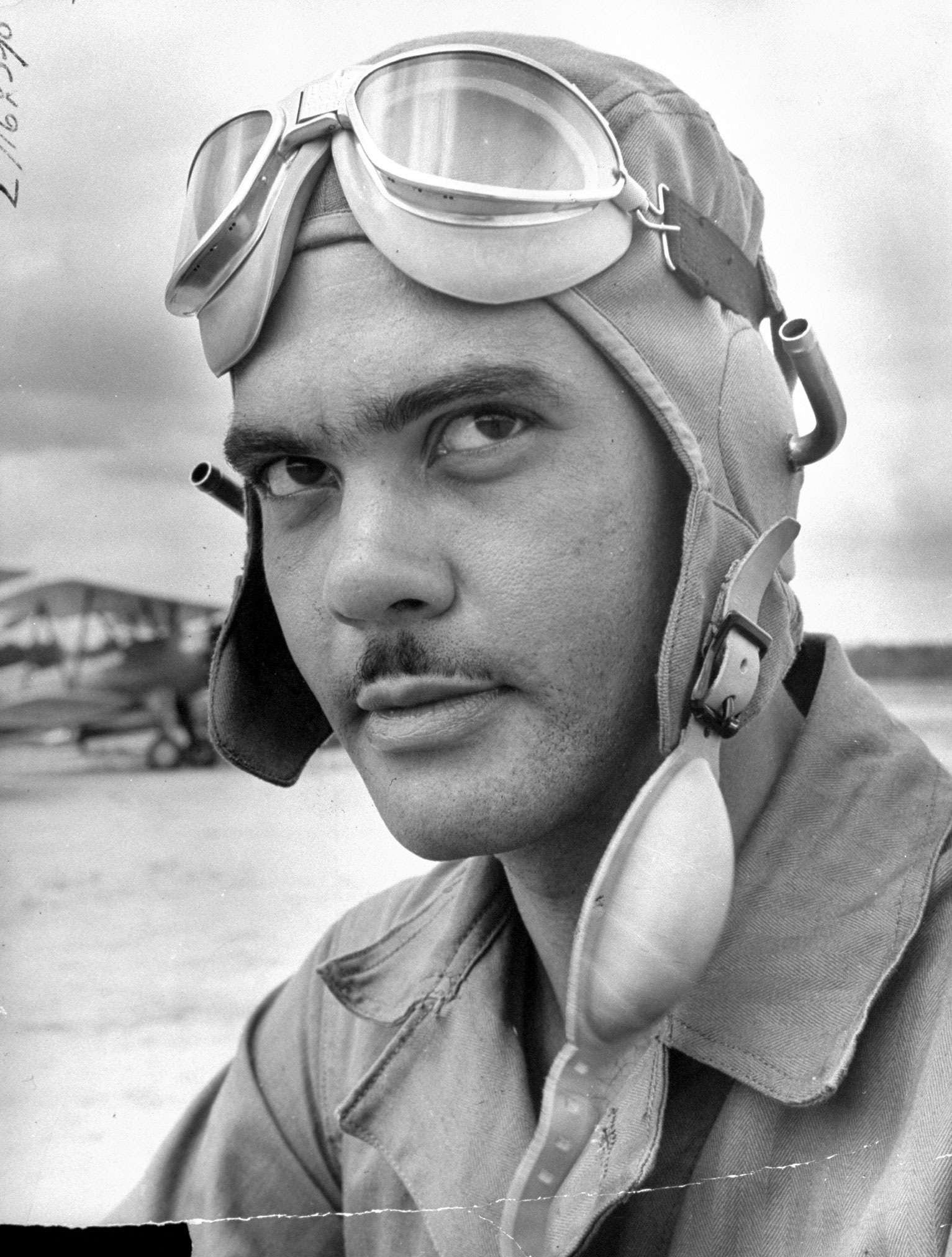
![Booker T. Washington [Misc.];Benjamin O. Jr. Davis Past statue of Booker T. Washington, founder of Tuskegee Institute, march the vanguard of 400 negro fliers who will eventually compose the Army's 99th Pursuit Squadron. Their base will be one of nation's top squadron fields.](https://api.time.com/wp-content/uploads/2015/03/150209-tuskegee-airmen-06.jpg?quality=75&w=2400)
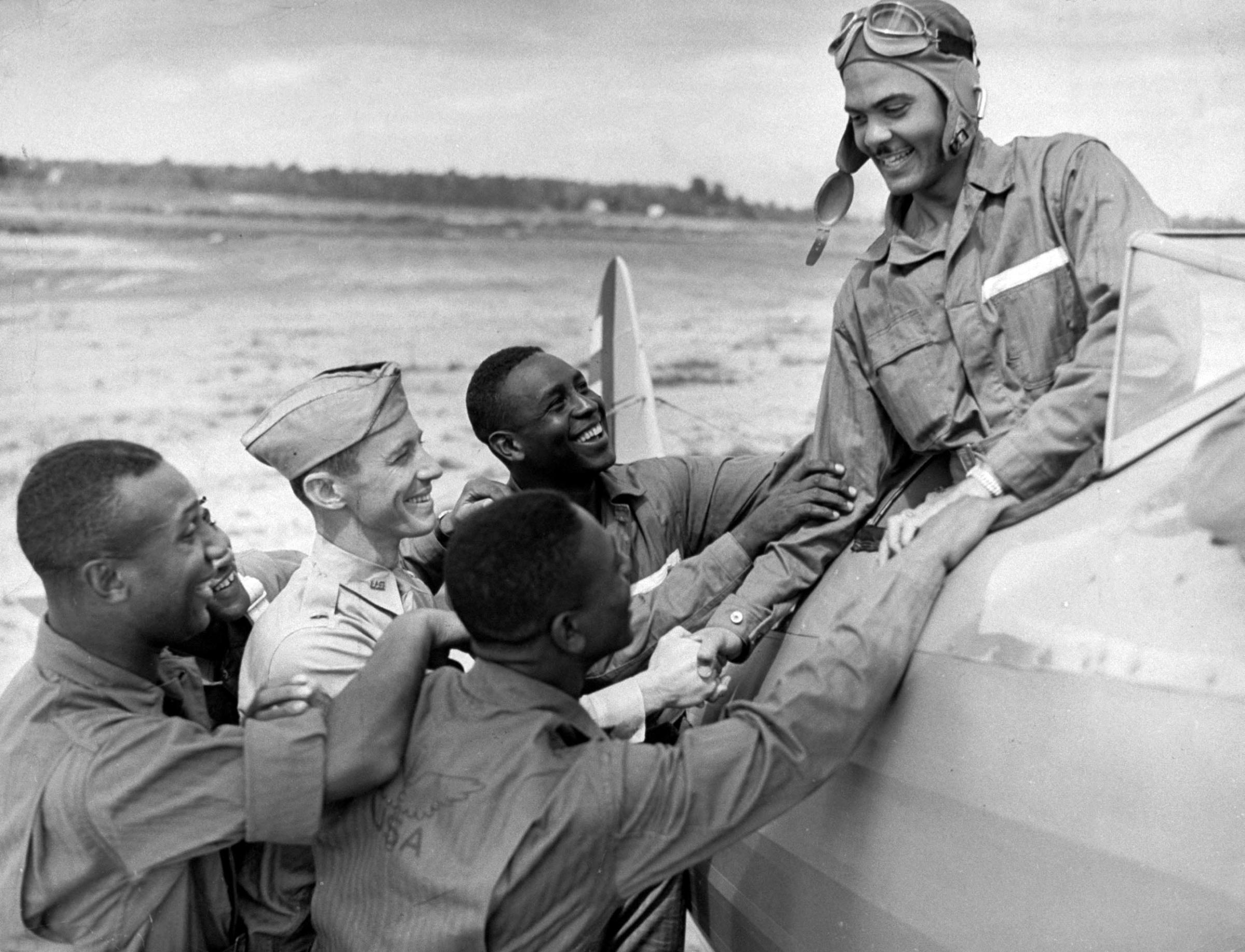
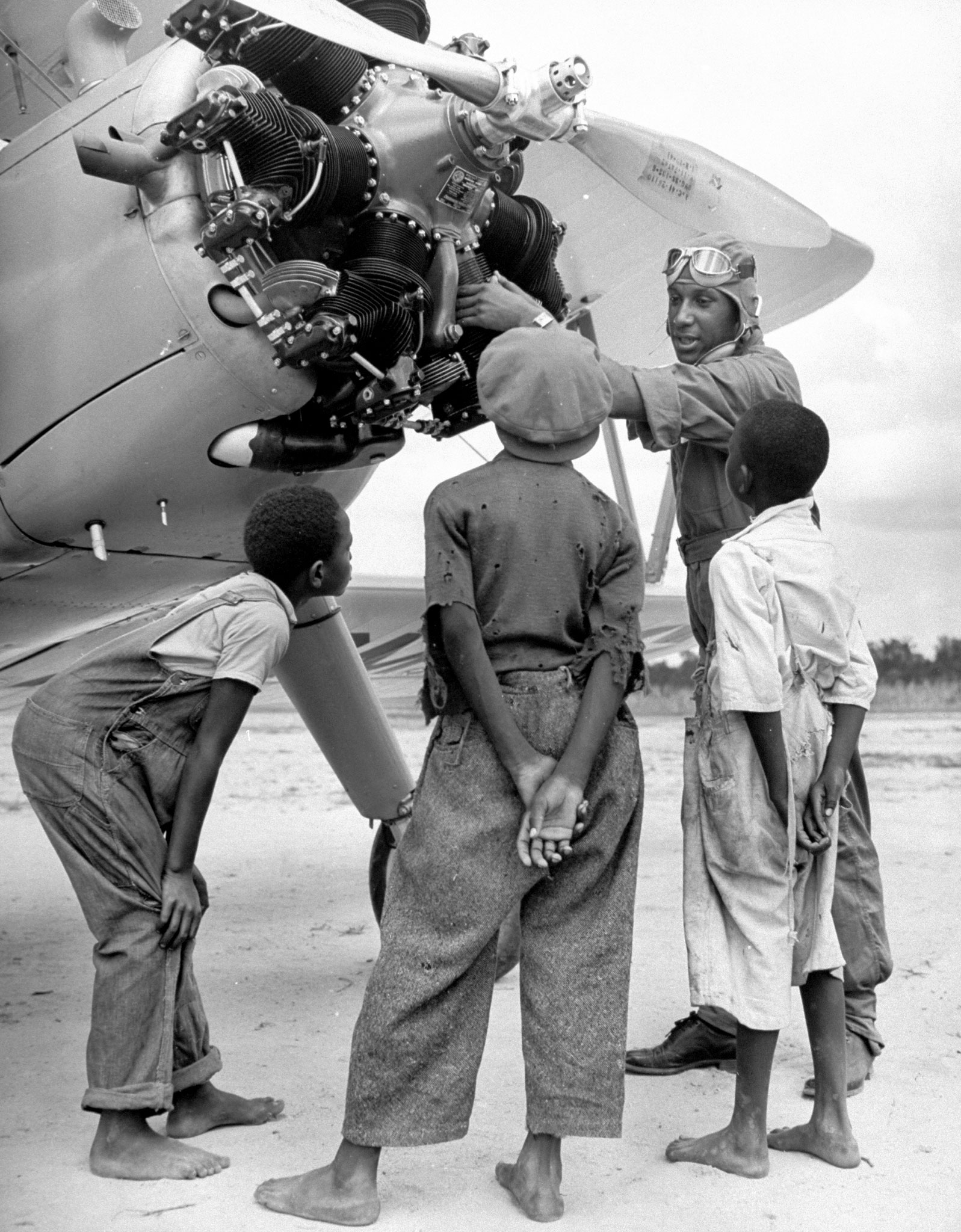
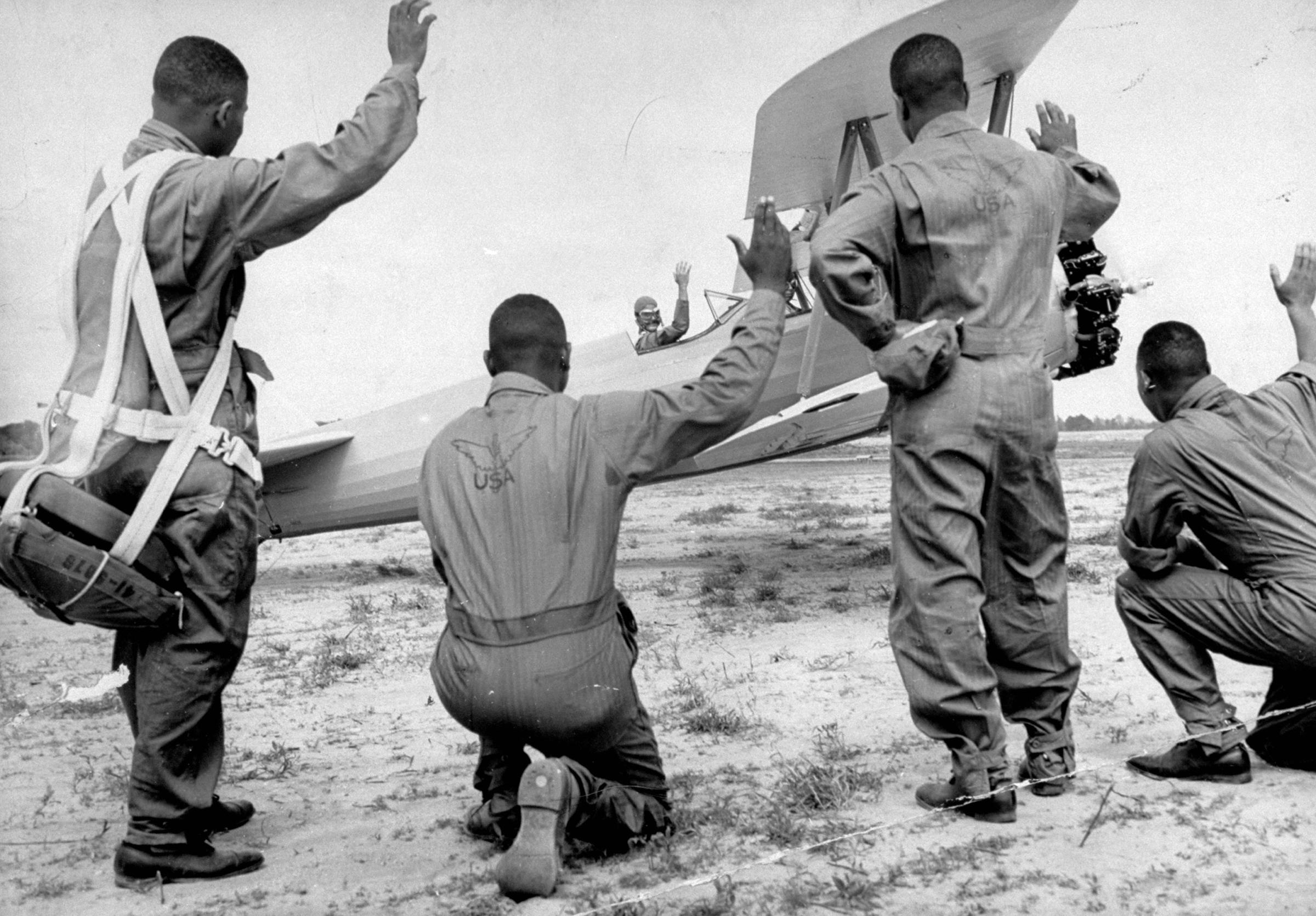
More Must-Reads from TIME
- Why Trump’s Message Worked on Latino Men
- What Trump’s Win Could Mean for Housing
- The 100 Must-Read Books of 2024
- Sleep Doctors Share the 1 Tip That’s Changed Their Lives
- Column: Let’s Bring Back Romance
- What It’s Like to Have Long COVID As a Kid
- FX’s Say Nothing Is the Must-Watch Political Thriller of 2024
- Merle Bombardieri Is Helping People Make the Baby Decision
Write to Eliza Berman at eliza.berman@time.com